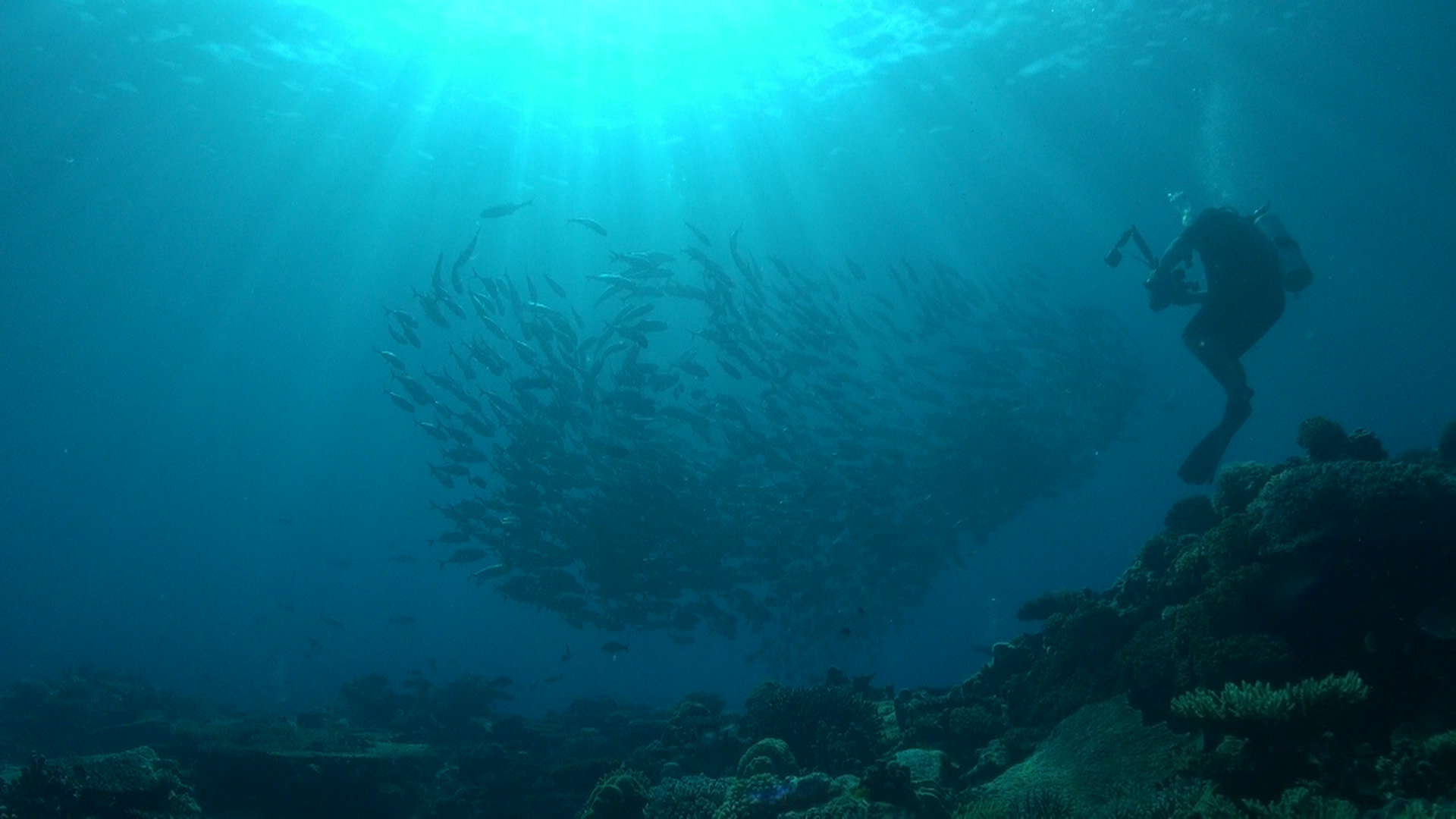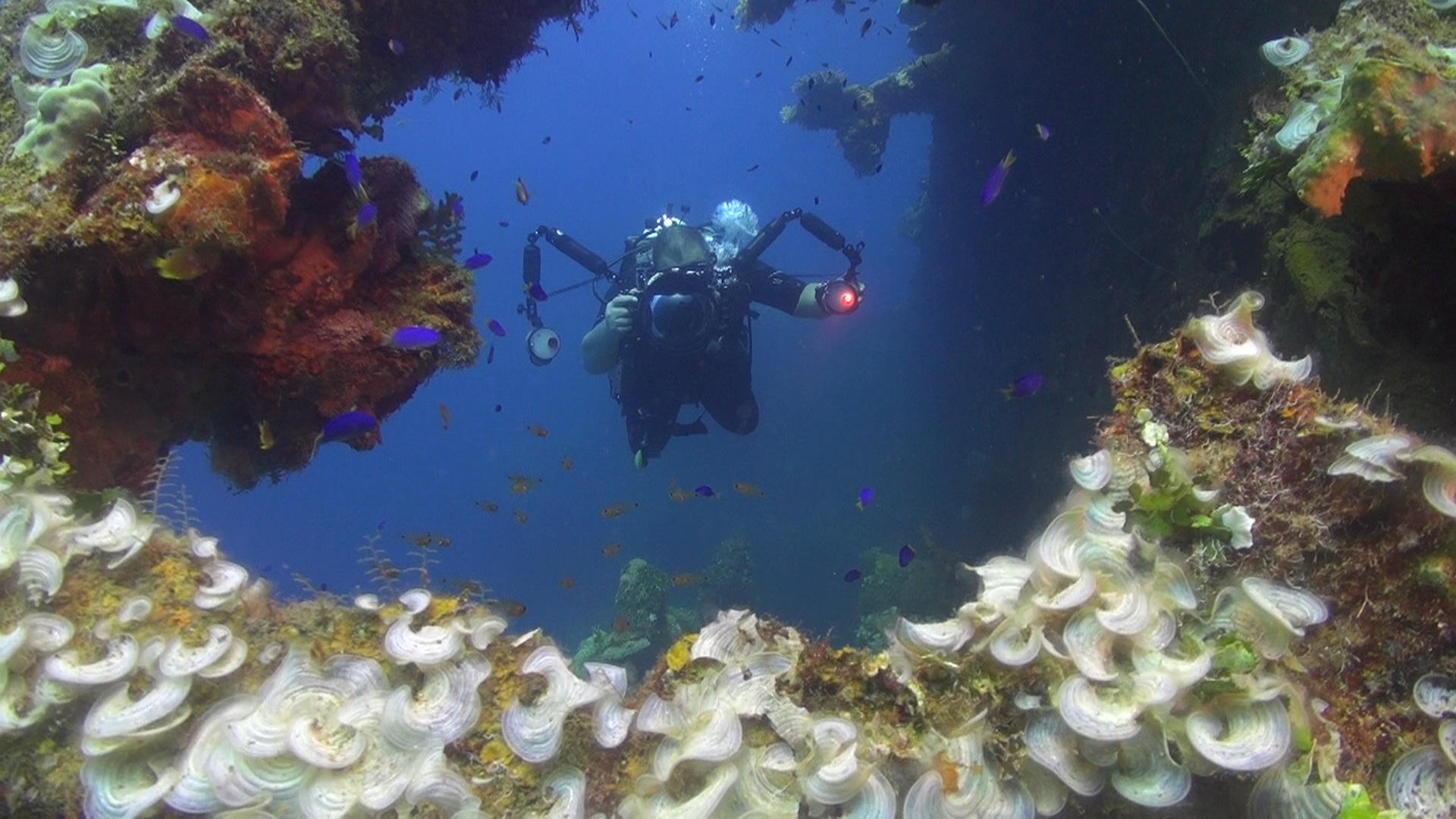The AREDS study was run over a period of 10 years, involving 3,640 patents. After that followed the AREDS2 study for another 5 year period.
The results of these studies were regarded as the holy grail as far as nutritional supplements for our eyes were concerned.
However, there are more and more claims being made about the validity of many of the results, since many of the funders, patent holders and researchers might not have been as un-biased as we perceived them to be. The problem is that so much of science and research, is backed by undeclared conflicts of interest. Which, up to a point is acceptable, because someone has to fund the research. The warning flags go up when it becomes known that patents and certain conclusions were put in place long before the study was concluded and in some instances even before the study had started. Many academics raised their concerns about the validity of claims made by some manufacturers of supplements based on the outcome of the AREDS study.
The companies manufacturing the supplements are all aggressively marketing their supplement products to the not-so well informed, trusting, gullible public, because most vitamins and nutrients are not only ubiquitous in nature, they are also easily obtained from well balanced diets. The AREDS study also showed that patients with certain genetic dispositions were harmed by some of the ingredients in the commercial formulas, such as Zinc. There is also evidence that the supplemental drinking of Vitamin E and even Vitamin C, over and above a balanced diet can be harmfull to many individuals. It seems that the AREDS research might have been poorly conducted and reported in an even worse, low scientific standard.
The herbal supplement market world-wide is huge and to a large extent un-regulated. To market herbal products, the manufacturer doesn’t have to provide proof, as with registered medicines, that the product works. Most of them get away with statements like “as used by indigenous populations” or “historically is has been said” that their product works. Then, the next big question arises. How do we know what the ingredients of the capsule or tablet is and does it contain the correct herbal species at the correct concentration? As in food products, many might not even contain any of the correct ingredients. The AREDS study was not about herbal products, but, in many instances vitamins, minerals and herbs are all grouped in the same semi- to un- regulated multi billion dollar market, in which there are many unscrupulous manufacturers.
As for eye patients, those burdened with the diagnosis of AMD, tend to clutch to every straw of hope. Many end up spending vast amounts of money on supplements, in the false hope and in some cases even the worsening of their vision as a result of over enthusiastic marketing campaigns. In many instances they could have had similar or even better results by eating well balanced meals. Or, in the least, not caused or aggravated any conditions by adhering to a healthy, well balanced diet.






